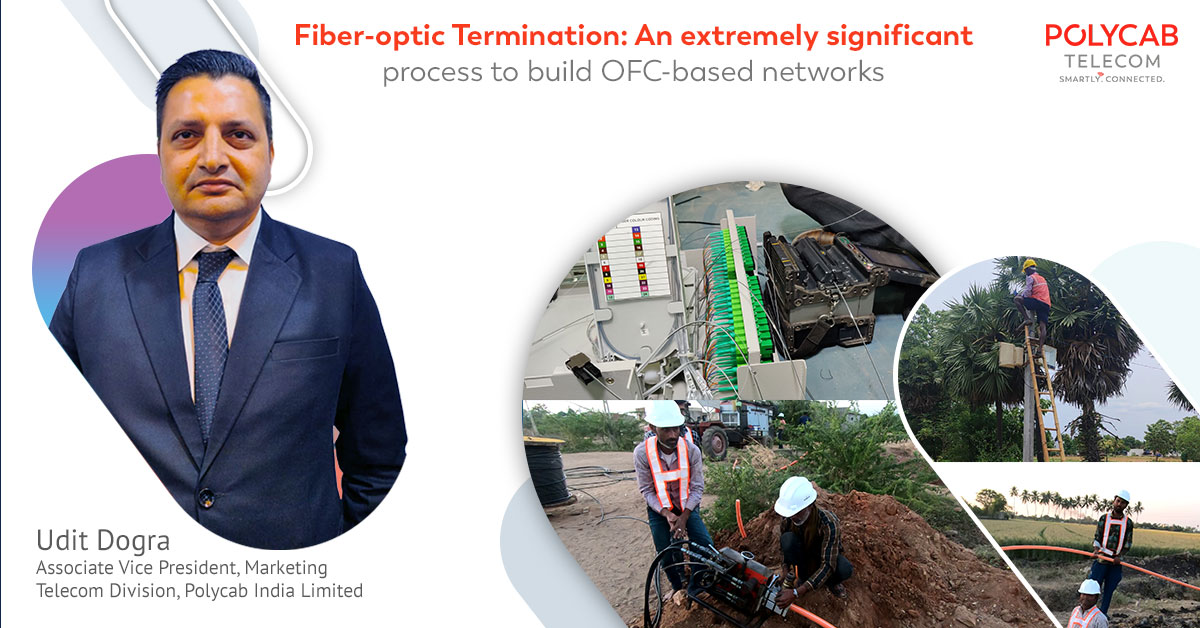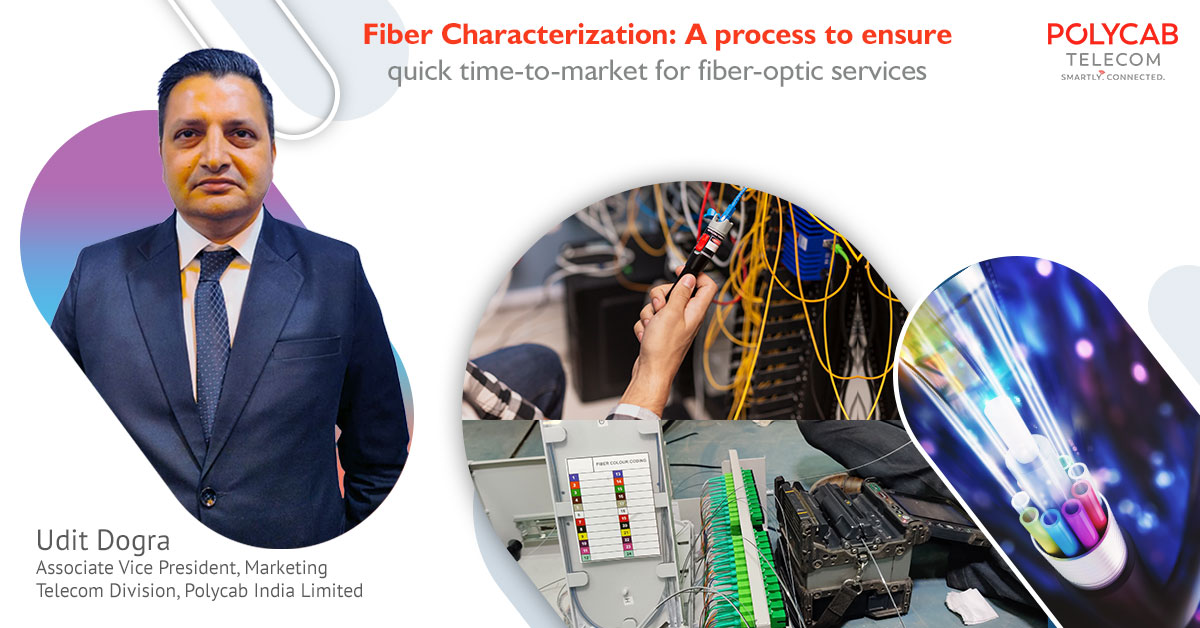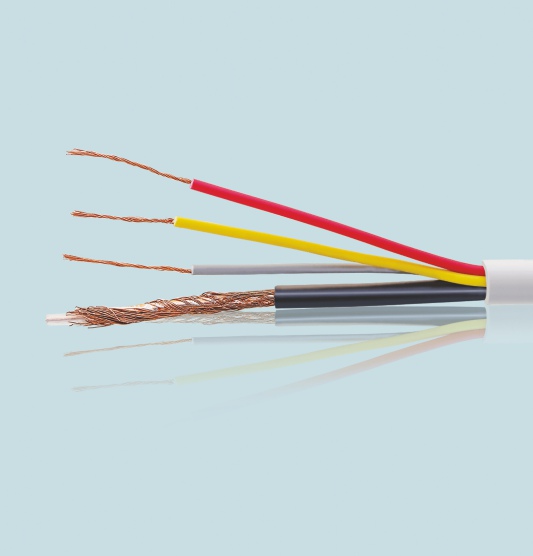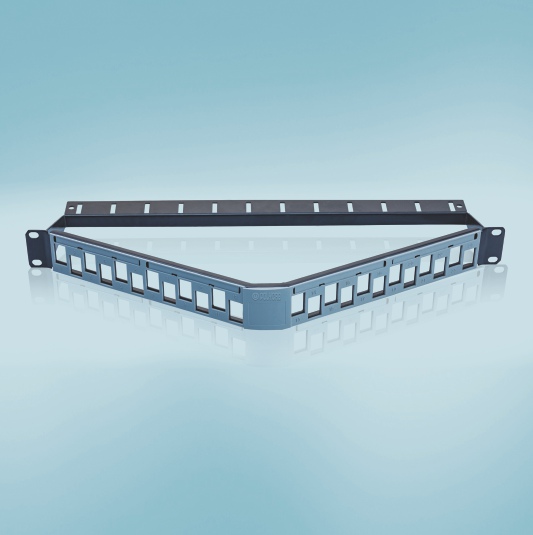
Choosing the right cables is one of the most important aspects of setting up a network in any ecosystem. Copper Cabling has been in use in the communications industry for years and decades now. Copper Communication Cables form an integral part of Polycab Telecom’s array of offerings, as an integrator of data-networks.
We manufacture both the types of Copper Communication Cables, Co-axial Cables and Twisted Pairs (Unshielded Twisted Pair and Shielded Twisted Pair). We design, supply, install and test Copper Cabling System in the end-to-end integration and commissioning of Copper System Networks.
While our low-cost and easy-to-work, screened Co-axial Cables are used in data, industrial and instrumentation applications to transmit fast digital signals at low level, our Twisted Pairs, two intertwined copper-wires, insulated from each other by plastic and enclosed in a sheath, are commonly used for telephony and data-applications in local area networks.
Amidst the growing high-speed network systems, we, at Polycab Telecom, continue to work on Copper Cabling’s ability to deliver power to the end-devices. Our Copper Cables are used in various building-systems. Our Twisted Pair Cabling supports a number of applications for the end-devices that reside at, in, or near the ceiling, providing a great deal of flexibility for the residents of buildings. Our Copper Cabling Systems come in different specifications to support varied enterprise-applications, intelligent building-systems, power-supply and industrial networks. Our Twisted Pair Cables are copiously used in Lighting Systems and AV Systems.
Going beyond manufacturing, Polycab Telecom’s R&D Wing is always in the quest to present different power-bandwidth combination of Copper Cabling Systems. We always look to drive more value out of the Copper Cabling Systems by installing and connecting more devices. For us, Copper Cabling remains an effective and dependable medium of different wired broadband technologies, as it requires relatively low investment, needed for passive infrastructure.













